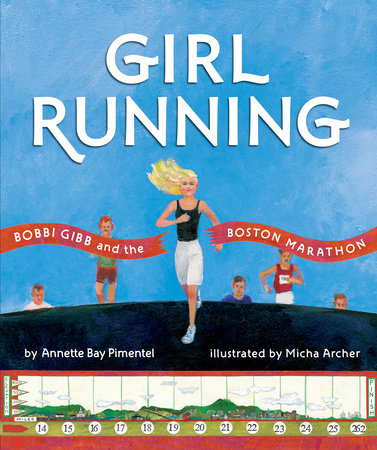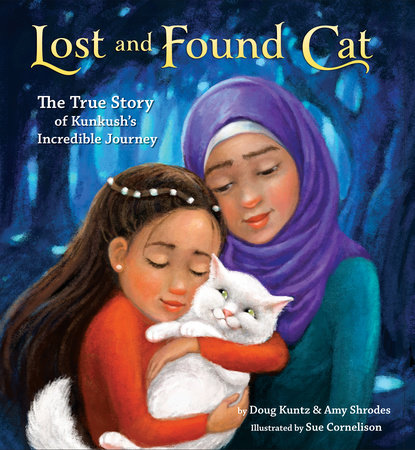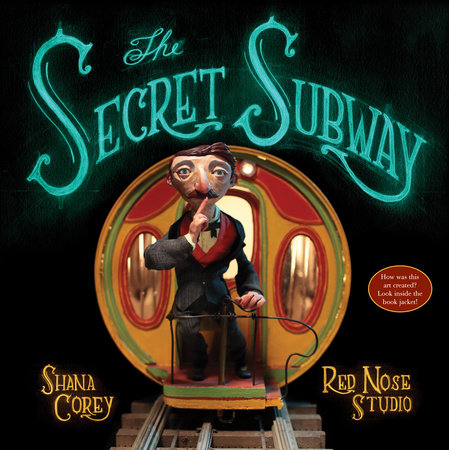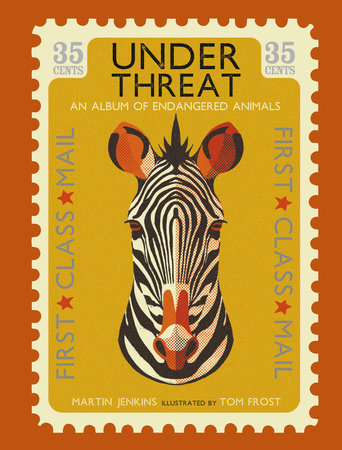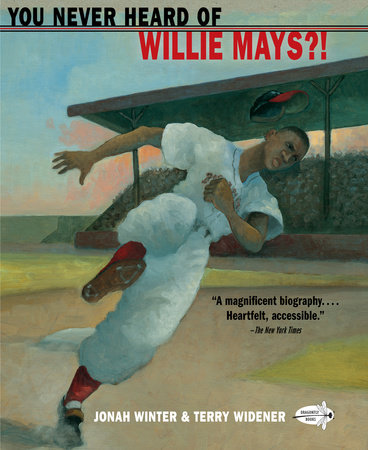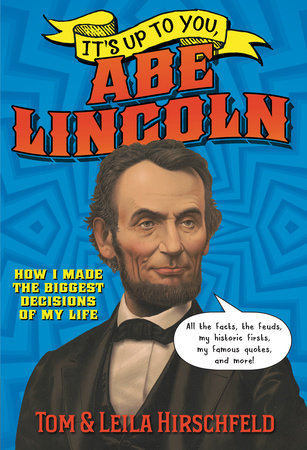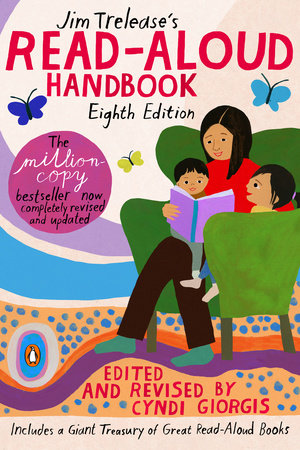Nifty Tips for Reading Nonfiction Aloud to Your Child
by Cyndi Giorgis
If you haven’t selected a nonfiction book to read-aloud to your child recently, you might be surprised to discover fascinating topics, eye-catching illustrations, and engaging text contained within a variety of informational formats. Today’s nonfiction is sure to stimulate kids’ natural curiosity about the world around them.
Nonfiction has a higher value beyond its ability to assist in the writing of school reports or detailing the steps of a science experiment. High-quality expository text is on display in these books, through which kids are able to develop critical thinking skills.
The many reasons for reading aloud a fictional book — to bond, to entertain, to inspire, to reassure, to explain — can be applied to reading aloud nonfiction. Both fiction and nonfiction also expands kids’ vocabulary by introducing new words and specialized terms.
Background knowledge increases when reading nonfiction aloud, as it introduces kids to people and places, historical events and current issues, and natural disasters and scientific explorations. Additional benefits of nonfiction include the opportunity for vicarious experiences and the possibility to learn about things that may never be encountered.
In selecting nonfiction to read aloud, look for books that are visually appealing with well-written text and age-appropriate topics:
- Babies and toddlers enjoy books with brightly colored objects that are familiar, such as an eye, dog, or shoe.
- Preschoolers repeatedly ask “why,” so choose books with information to answers their questions or prompt new wonderings. Counting and alphabet books are also good choices.
- For all ages, listen and seek out books that might satisfy or pique kids’ interest, such as books about artists, dinosaurs, bugs, machines, sports, mummies, or Vikings. There’s no limit to the topics that can be shared and the knowledge to be gained for both you and your child.
When reading aloud a nonfiction book:
- Say the title of the book and the names of the author and illustrator.
- Consider taking a “book walk” to examine features such as captions, charts, graphs, timelines, and photographs. This heightens the excitement of reading.
- Use an expressive tone when reading aloud, especially if the information is written in a narrative style.
- Pause occasionally and ask open-ended questions like, “What do you think?” or “What are you wondering?” Pre-reading a book will assist in identifying good talking points. Encourage your child to be active in the reading process by asking questions as well.
- Stop at key words or phrases to ensure understanding.
- Determine if you want to read one page, one chapter, or the entire book. This decision is based not only on the structure of the book, but also the child’s interest. Here are a few examples:
- Any page in Pink Is for Blobfish: Discovering the World’s Perfectly Pink Animals by Jess Keating can be read aloud individually to discover facts about a distinctive, weird, and pink animal.
- The first chapter in Where Is the Great Barrier Reef? by Nico Medina (and other books in the Where Is? series) will capture your child’s interest and possibly prompt them to read the rest of the book independently.
- You’ll want to read aloud the complete picture book Margaret and the Moon: How Margaret Hamilton Saved the First Lunar Landing by Dean Robbins to learn about this pioneering woman in mathematics and computers. Many nonfiction books, particularly biographies, utilize a narrative writing style that easily flows with a story-like quality.
- Examine the back matter. There might be an author’s note that provides more information or details the research process. Other items in the back matter may include a glossary, a pronunciation key, maps, a bibliography, source notes, online resources, and lots of other neat information.
Reading nonfiction aloud to your child exposes them to a range of topics, supports them in learning new information, and reinforces the pleasure of reading. So let’s get started with these recommended reads!
-
Nonfiction Picture Books for All Ages
-
Girl Running: Bobbi Gibb and the Boston Marathon
Buy from:Until 1972, women were not allowed to run in the Boston Marathon as it was deemed that they were "not physiologically able to run" 26 miles. But in 1966, Bobbi Gibb was determined to run the distance - even if it meant she had to do it secretly. The collage illustrations with mile markers that stretch across the bottom of the page will inspire girls and boys to "Go! Go! Go!"
Buy from: -
Lost and Found Cat: The True Story of Kunkush's Incredible Journey
Buy from:Sura knew Mosul, Iraq was becoming too dangerous. So, she paid smugglers to transport her and her five children out of the country. It was unbearable to even consider leaving the family cat, Kunkush, behind, so they cleverly hid the pet in a small carrier. Unfortunately, during their boat journey to Greece, the frightened animal ran away and could not be found. But thanks to volunteers and the Internet, family and cat were eventually reunited! This picture book highlights another aspect of the current refugee crisis - family pets.
Buy from: -
The Secret Subway
Buy from:In the 1860s, the streets of New York City were already crowded with pushcarts and wagons, horses and pigs, and politicians and peddlers. Alfred Ely Beach had an idea to build a train powered by an enormous fan that would travel underground. Even though Beach's early endeavor wasn't successful, the first official NYC subway opened in 1904. This astounding true story, coupled with astonishing illustrations, will bring a new perspective to underground travel.
Buy from: -
Under Threat: An Album of Endangered Animals
Buy from:Using postage stamp-style illustrations, information about 30 different endangered animals is provided on adjoining pages. Narrative text is accompanied by boxes containing maps showing where the animals are located, their approximate population, and the length of time each has been a threatened species. This oversized book will have kids considering a world without the blue whale, the California condor, or the giant panda.
Buy from: -
You Never Heard of Willie Mays?!
Buy from:"The Say Hey Kid" is considered to be one of the greatest baseball players that ever lived. He hit 660 home runs and had a lifetime batting average of .302. The readable text, Willie's career statistics, excerpts from radio broadcasts, and a glossary of baseball terms will make you say, "Hey!"
Buy from:
-
Nonfiction for Middle Grade Readers
-
Amelia Lost: The Life and Disappearance of Amelia Earhart
Buy from:This highly readable and fascinating account of Amelia Earhart is packed full of archival photographs, intriguing tidbits of information, and advice for would-be fliers (from Earhart, of course). This award-winning book is the perfect read-aloud choice as the mystery continues surrounding Earhart's doomed flight. You won't want to put this one down.
Buy from: -
It's Up to You, Abe Lincoln
Buy from:Who knew history could be so much fun? Did you know that poet Walt Whitman told Abe that his face was "awful ugly"? What cake did Abe say was the best he ever ate? And what was the strategy Abe used when he was the Republican candidate for president? While this entertaining nonfiction book chronicles the life of our 16th president, it doesn't have to be read from cover to cover, but from attention-grabbing fact to humorous anecdote.
Buy from:
-
For More Great Read-Aloud Recommendations

